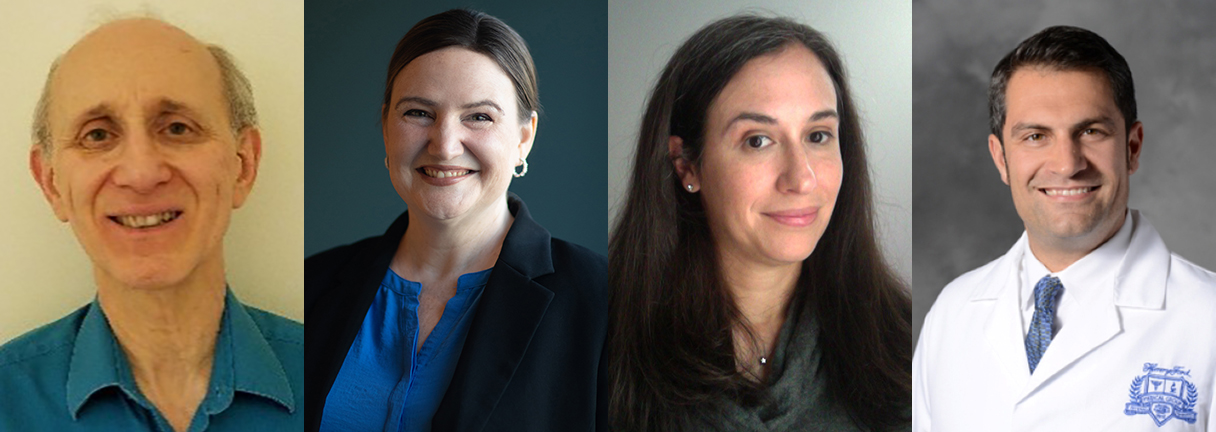Content warning: If you or someone you know needs help, please call, text or chat with the Suicide and Crisis Lifeline at 988.
A newly published study found that one in five U.S. adults who die by suicide spent at least one night in jail in the year prior to their death. Rapidly and efficiently providing prevention, screening and outreach resources for this group is critical to reducing adult suicides nationwide.
“The 7.1 million Americans released from jail during the year have an average suicide risk that is nine times the risk of other American adults,” said Jennifer Johnson, founding chair of the Charles Stewart Mott Department of Public Health at Michigan State University and a co-author of the study published by JAMA Network Open, an American Medical Association journal. “Twenty percent of suicides occurred among those who were released from jail in the past year and another 7% were by those in their second year post-release. Focused suicide prevention can and should target this group.”
“People do not realize that many people detained in jail are released back to the community within days,” said Ted R. Miller, principal research scientist at the Pacific Institute for Research and Evaluation in Maryland and lead author of the study. “They are walking around in the community with us and too often are at high risk for suicide.”

This research team has noted previously that suicide can be avoided with proper intervention. Community health services can help connect the more than 7 million people per year who are detained in jail for at least one night with the right resources at the right time. The study suggested that health systems, including federally qualified health centers, could serve as vital partners in improving suicide prevention efforts to this population.
“Many well-established suicide risk factors such as trauma exposure, substance use, mental health difficulties and social disparities are over-represented among those detained in jail; yet jails often struggle with limited resources to adequately screen and intervene,” said Lauren Weinstock, PhD, professor of psychiatry and human behavior at Brown University and co-author of the study.
Providing health care systems and organizations with information about people who have interacted with the criminal-legal system can be challenging, but past research by this team has indicated there are ways to improve and coordinate. For example, more funding for community mental health at the state and county levels can help avoid criminal-legal involvement for situations like homelessness or public nuisances. In addition, communities can find and implement scalable ways to connect people to community mental health care after a criminal-legal encounter, as well as advancements in technology and publicly available arrest or legal data-sharing to help match people to a health system.
“A major takeaway from the study is the need for health systems to be aware when one of their patients interacts with police, courts or jails,” said study co-author Brian K. Ahmedani, who serves as the director of the Center for Health Policy and Health Services Research and director of research for Behavioral Health Services, at Henry Ford Health. “Timely community outreach to these individuals would reduce suicide deaths nationwide.”
The study was funded by the National Institute of Mental Health, or NIMH, as of part of the National Center for Health and Justice Integration for Suicide Prevention, or NCHATS, a national research center co-led by Michigan State University, Brown University and Henry Ford Health. NCHATS seeks to build information bridges between healthcare organizations and justice systems to identify individuals at risk for suicide and connect them to care and resources. It will evaluate the clinical and cost-effectiveness of these suicide prevention efforts.
This story was originally published by MSU Today
May 14, 2024